The content of the article
Grape juice is considered to be a storehouse of vitamins and useful macro / microelements. The composition of the product contains the maximum number of saccharides (glucose, fructose), which support the brain activity in full. In addition, grapes have a beneficial effect on the activity of the gastrointestinal tract due to the incoming B-B6, C, E vitamins, improves heart function due to magnesium, iron and calcium. In order to properly prepare the drink, you must have sufficient knowledge of the process of preservation and spin.
Important features of making grape juice
- The main aspect of cooking is considered to be the correct spin from the pulp - the skin and bones.In regions that focus on the cultivation of grapes, the most valuable product is the first stage of extraction. It is obtained as a result of crushing raw materials, with proper pasteurization, the product is completely ready for use.
- During manual processing, the berries are pressed by hand, and then subjected to filtration. Percolation is carried out using a gauze cloth or a bandage, a sieve for flour or berries, nylon stockings, a colander. When grinding raw materials with a meat grinder or blender, the juice is filtered in the same way.
- If you have a juicer, it makes sense to use it. This option is considered ideal if the device is equipped with the Spin function. Very convenient is the way with the use of nozzles for the meat grinder, but you have to tinker with it. However, in this case, the final product is clean, because the pulp is pressed almost completely.
- Advanced housewives should look at the juice pot. In this case, the berries are loaded directly into the cavity (compartment) of the device, and then the “Cooking” mode is activated. The main thing is not to forget about the periodic kneading of steamed fruits. This will help you tolkushka for potatoes.After cooking, the juice is rolled into sterilized jars and sent for long storage.
- Particular attention should be paid to sugar, it is optional to add it. However, people who prefer sugary drinks should stick to proportions at the rate of 100 grams. sand 2 kg. sweet grapes. If you are preparing a juice from an acidic variety, the amount of sugar should be increased taking into account personal preferences.
- The branches of dark grapes contain a lot of tannins, so they can not be removed. The twigs will make the drink tart, but soft. When making grape juice on the basis of white varieties, all processes must be removed, otherwise they will give the drink an ugly marsh shade.
- For the preparation of grape juice, the best are considered "wine" varieties. These include "Armalaga", "Dove", "Cabernet", "Yohaniter", "Isabella", "Lydia". You can also use the "Bianca", "Illichivsky" (early). For the most part, the juice is made from black grapes, but it makes sense to mix two varieties (white and black) at a time.
Important!
Always pasteurize grape juice, otherwise the fermentation process will begin after 2-4 days.In order to carry out the procedure correctly, take a wide pan with a high side, lower the wooden backing to the bottom of the tank, put a can of juice on it. Fill the iron container with water, turn on the burner to slow or medium heat, boil at 85 degrees for half an hour.
Optionally, the drink can be pasteurized before bottling in glass containers. To achieve 100% of the result, pasteurize 2 times. After the first half-hour boiling, cool the composition to room temperature, then repeat the procedure. As a result of the second pasteurization, the final drink will become translucent, after which it can be preserved.
Grape juice: classics of the genre
- filtered water - 3 liters.
- grapes (preferably dark) - 10 kg.
- granulated sugar - at discretion
- Wash the grapes with running water, carefully treating each berry. Enumerate the fruit, eliminating spoiled and dented.
- For grinding use a blender, meat grinder or combine. After that, strain the liquid from the pulp and oilcake, having built a kind of filter: put gauze in a colander,stacked in several layers, skip the composition.
- Squeeze the resulting juice, pour it into a saucepan with thick walls and bottom. The pulp, which was released as a result of spinning, pour water with the calculation, which is 5 kg. raw materials account for 0.5 liters of filtered (drinking, boiled) water. After adding the liquid, mix the mixture and squeeze again, add to the saucepan with the juice.
- Put the tank on the stove, turn on the burner at the middle mark, heat up until the first bubbles appear. In no case do not allow the composition to boil, the duration of heat treatment is about 15-20 minutes. As soon as you notice that the mixture begins to boil, set the temperature to the minimum.
- After the boiling period, remove the container from the fire, leave for 1.5-2 hours. This period is necessary for the juice to become more clean and transparent. Next, place the pan on the stove, bring to a boil (second pasteurization). At this stage, you can add sugar (optional), waiting for the dissolution of the crystals.
- Start cleaning and sterilizing cans. Wash containers with baking soda, then send to a wide pan with a wooden backing or cotton towel at the bottom. Fill the cavity with water, boil for 15-20 minutes. Sterilize the caps for a quarter of an hour.
- Pour the still warm juice in hot cans, do not let a sharp temperature difference of the liquid with the glass. Roll up the container, turn the neck down, wrap a warm blanket. Wait for cooling to room temperature, transfer the drink to a cool place for long-term storage.
Grape juice: manual spin
It is impossible to prepare a lot of grape juice in this way, because the manual method is considered quite time-consuming. However, the recipe has a positive feature: the final product does not have a specific taste, which is obtained as a result of crushing the bones. To get rid of sourness (it will definitely be present), add granulated sugar in the quantities you need.
- grapes (any) - 8 kg.
- sugar beet - at the discretion (to taste)
- Wash the grapes, paying attention to each berry. Clean the branches from the twigs, crush the fruits with your hands before the formation of juice and pulp. Strain the liquid by making a filter: fold the cheesecloth in 3 layers, place it on the bottom of the colander, squeeze the liquid in a separate pan.
- Processed cake, which is wrapped in cheesecloth, put in an enameled container.Fill with purified water in a ratio of 1 l. liquids per 1 kg. pulp, put on the stove. Set the medium heat, boil the product for about 10-15 minutes, then turn off the burner and cool the composition.
- After this, strain the cake in a convenient way, pour it into a saucepan with pure grape juice. Optionally, pour in granulated sugar (for 1 liter of drink there are 120 grams of sugar), wait until the granules dissolve.
- Wash the container with baking soda, then sterilize it in a convenient way. You can put the banks neck down in the oven, and then heated for 15 minutes, gradually raising the temperature from 60 to 140 degrees. The same needs to be done with tin lids.
- After sterilization, pour the grape juice, twist it, turn it upside down. Cool at room temperature, send to store in the cellar or basement.
Grape Juice: Juicer
In terms of technological progress, many housewives resort to the use of a juicer, and this is not surprising. The device allows you to get a quality product in the shortest possible time. Consider the technology step by step.
- black grapes - 3.5 kg.
- white grapes - 1.5 kg.
- granulated sugar - at discretion
- Thoroughly rinse the grapes, sort out the fruit, sifting out the battered and spoiled. Separate the berries from the branches, collect the juicer.
- Choose the optimal dish with a neck, the diameter of which coincides with the faucet of the device. Such a move will reduce the degree of contact of juice with air.
- Send grape fruit into the cavity of the device in stages in small pieces. Periodically stop the process to clear the blades and compartments of the bones.
- When all the grapes are squeezed, skip the juice through several layers of gauze, squeezing the pulp. Send the product to an enameled pot.
- Take the cake, dilute it with water in a ratio of 2: 1, mix, squeeze through gauze and a colander, pour it into a container with juice. Add granulated sugar (optional).
- Turn on the stove at medium heat, bring the mass to the appearance of the first bubbles, reduce the power to a minimum, simmer another quarter of an hour.
- Sterilize the containers, then pour the juice into hot jars and immediately seal. Check if the cap is leaking: turn the container with its neck down, slide your finger around the perimeter.
- Cool the juice by wrapping it in a towel. When it reaches room temperature, move the jars to the basement or cellar, consume after 1 month.
Grape juice: juice maker
Thanks to the optimal regimen, juicing in a juicer will be an excellent solution for preserving the product. Consider the important aspects in order.
- grapes - 8 kg.
- granulated sugar to taste
- Sort the grapes by removing unripe, battered and spoiled fruit. Do not remove the berries from the branch. Wash them, place them in the juicer compartment according to the weight instructions.
- As for adding sugar, transfer each layer of grapes to them so that the juice is evenly sweetened. Place a container or bowl to collect the liquid, pour water into the cavity.
- Boil the juice for about 1-1.5 hours (the exact time is indicated in the user manual). After the time limit, pour the drink into pre-sterilized jars, cork with clean lids.
- Turn the container neck down, wrap a warm towel, wait for complete cooling (about 12-14 hours). Take the jars of juice to the cellar, shake before use.
The taste of the juice depends on a number of features, such as the type and color of the grapes, the time of ripening and harvesting, the option of pressing and, in fact, the preparation itself. In cases where you have enough raw materials, the final product can be obtained manually or mechanically. The first option is considered inefficient, the second is achieved by using a blender, juicer, meat grinder or special press.
Video: how to make pickled grapes and vinegar


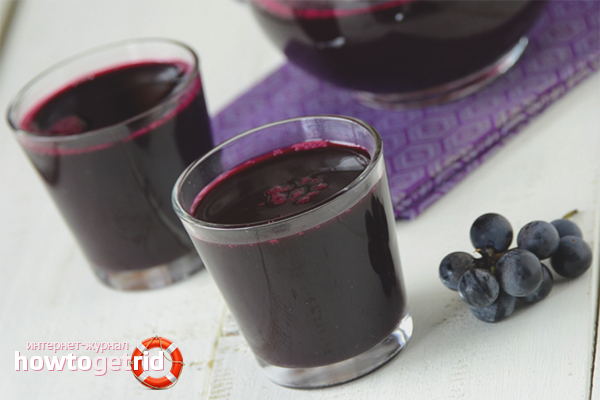
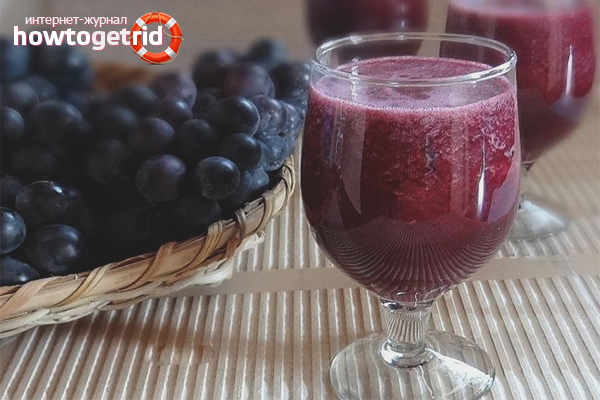
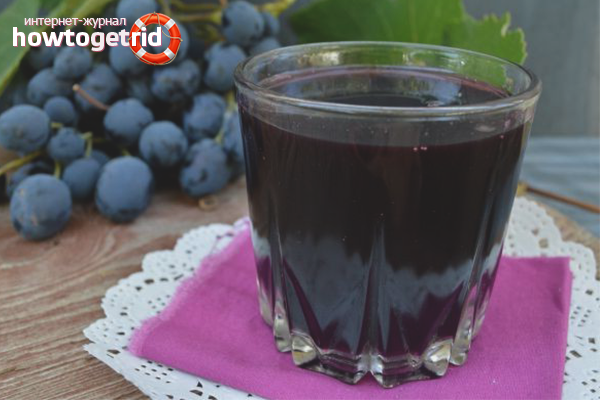


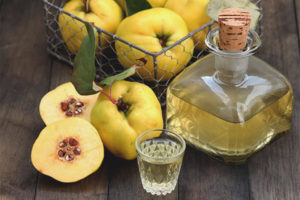
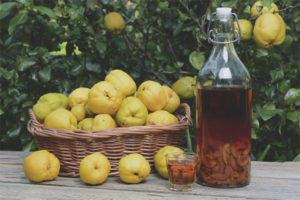
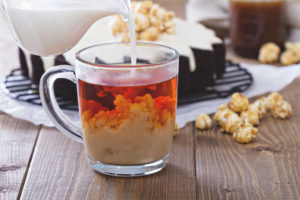
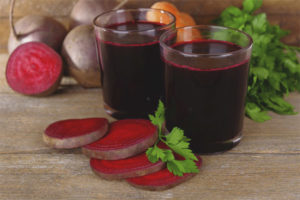
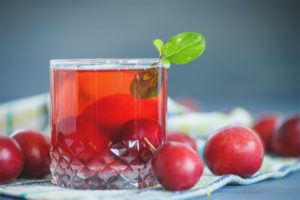
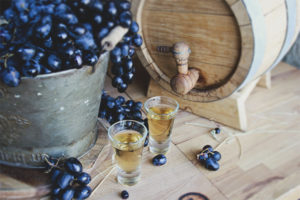
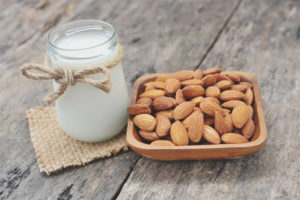
To send